White House press secretary Jen Psaki’s first press conference marked a significant change in tone from the previous administration. The Trump presidency was plagued by four years of escalating tension and deepening cynicism between communications staff and the media, often the result of mutual mistrust and the president’s frequent attacks on the press. From his first days in office, former President Trump favored using his personal Twitter account over the tools available to his communications team, giving him total control over his message and a channel directly to his followers.
Hours after Joe Biden was sworn in as the 46th president, Psaki took the first question of her first press briefing. Asked whether she saw her primary role as promoting the interests of the president or providing the “unvarnished truth” to reporters, she responded in part, “I have deep respect for the role of a free and independent press in our democracy…there will be moments when we disagree…but we have a common goal, which is sharing accurate information with the American people.”
Biden’s senior communications staff made history as the first all-female communications team but that landmark will likely prove less memorable than the dramatic shift in strategy that has marked Biden’s communications approach in his first 100 days.
According to data by UC Santa Barbara’s The American Presidency Project, the Trump White House bested itself in setting the record for the longest amount of time without holding a formal press briefing, when it went over 400 days without one.
Stephanie Grisham, who spent eight months as press secretary for Donald Trump and became the first press secretary in history never to hold a formal briefing, told ABC News, “President Trump communicates directly with the American people more than any president in history. The fact that the White House Press Corps can no longer grandstand on TV is of no concern to us.”
Indeed, in the Trump White House, his press secretaries’ briefings never proved very beneficial, perhaps most notably because the president preferred to be his own spokesman. Whatever views he shared on Twitter were far more likely to dominate the headlines than whatever a press secretary or another appointed official said.
It is a stark contrast to Joe Biden’s first months in office. Although he broke a century-old record by waiting seven weeks to give his first formal briefing, his staff hosted briefings every working day. There has been a great deal of conjecture over whether the decision to wait nearly two months for a Biden press conference was a result of wanting a major policy victory to announce or hoping to avoid a public relations gaffe.
It may, however, be neither. It may be a sign that Joe Biden has empowered his communications staff and several disciplined spokespeople to deliver his messages for him, especially when they focus on his efforts to bring relief to the American people.
“He’s the president, he’s got a lot on his plate. We have people fanning out every single day across different media to amplify his message,” deputy communications director Kate Berner said in an interview with Politico.
It does appear that the return to more traditional approaches in communications tactics is more comfortable for the press who covers the president, as the questions and criticisms of how the media should and did cover the Trump presidency have disappeared in the first months of the Biden presidency.
Communicating amid crisis
It is often said that, in a crisis, it is important to communicate early and often. Upon taking office, President Biden laid out a series of goals for addressing the COVID-19 pandemic, which had already claimed 403,000 American lives by Inauguration Day. One week into his presidency, a newly-created White House COVID-19 Response Team began hosting daily virtual briefings. Notably absent from these briefings was the president himself, in yet another modification from the prior administration—where former President Trump’s off-the-cuff remarks were generally confusing and sometimes downright dangerous—as when he suggested the coronavirus might be treated by injecting disinfectants into the body.
The COVID-19 Response Team briefings have been clear and matter-of-fact, following a pattern that includes senior health advisors sharing data and progress reports. A key member of the Response Team is Dr. Anthony Fauci, whom Joe Biden asked to stay on from the Trump task force as a chief advisor. Emerging as the most popular government official out of the pandemic, Dr. Fauci has remained a highly-visible spokesman, sharing updates everywhere from media interviews to late night talk shows to celebrity Instagram accounts.
The administration’s approach to the economic recession created out of the COVID-19 pandemic, as well as its re-engagement on the world stage, including efforts to incorporate climate policies into every area of government, have presented numerous opportunities for getting proactive messaging out to the American people. In these areas too, the Biden White House has chosen to let surrogates do the talking.
Reaching people where they are
Although his predecessor was well-known for his Twitter presence up until the company permanently suspended his account, the Biden team has not sworn off social media, in large part because it remains a popular conduit to the American public. Research shows that most Americans get their news online and increasing numbers are getting it from social media. White House communications director Kate Bedingfield has confirmed that social media will be one way the White House communicates but, “You can expect that President Biden is not breaking news at 1 a.m. on Twitter.”
While President Biden’s social media accounts have been unremarkable in the early days of his presidency, especially in comparison to his predecessor, it is worth remembering that as Vice President, Joe Biden became a semi-sensation, regularly featuring in viral and humorous memes.
Will this approach work?
How Americans get and share information constantly evolves, which means each new administration grapples with the best ways to spread its messages. It may seem quaint now to remember that it took until 2009, for example, for Barack Obama to become the first sitting president to appear on a late night talk show.
Whether the Biden White House’s approach to communications will prove to be successful remains to be seen. If the president’s policies to address the current health and economic crises are successful, it may be in the administration’s interests to have the president highly visible to claim the wins. It is also possible by then, the memory of Donald Trump’s late-night tweets will have waned, and a majority of people will crave an American president back in the spotlight. On the other hand, if Joe Biden can deliver results to the American public, that may be what truly matters most when election time rolls around again.
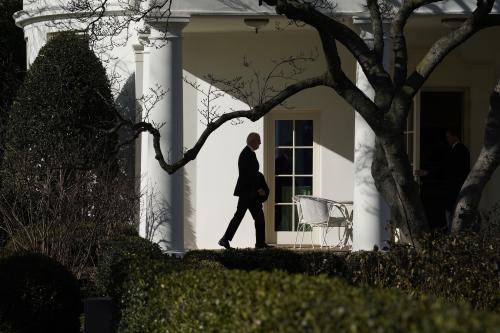
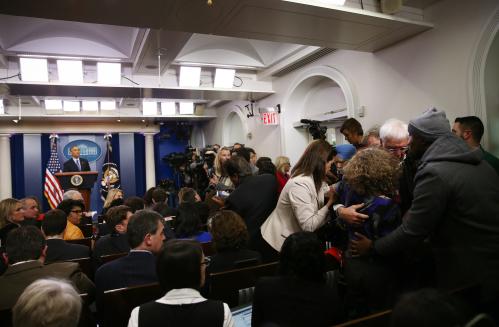
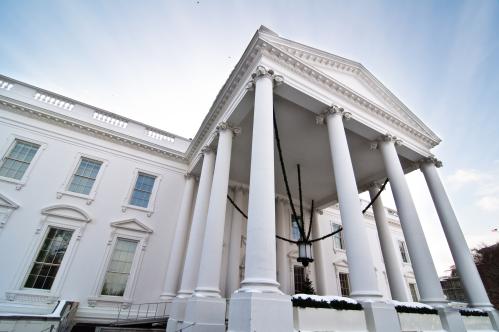
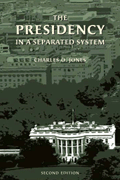



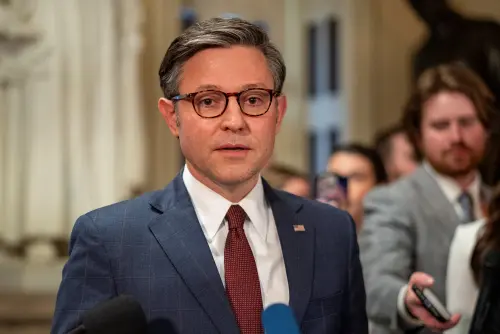

Commentary
In contrast with Trump, Biden relies on disciplined surrogates to get his message out
April 28, 2021